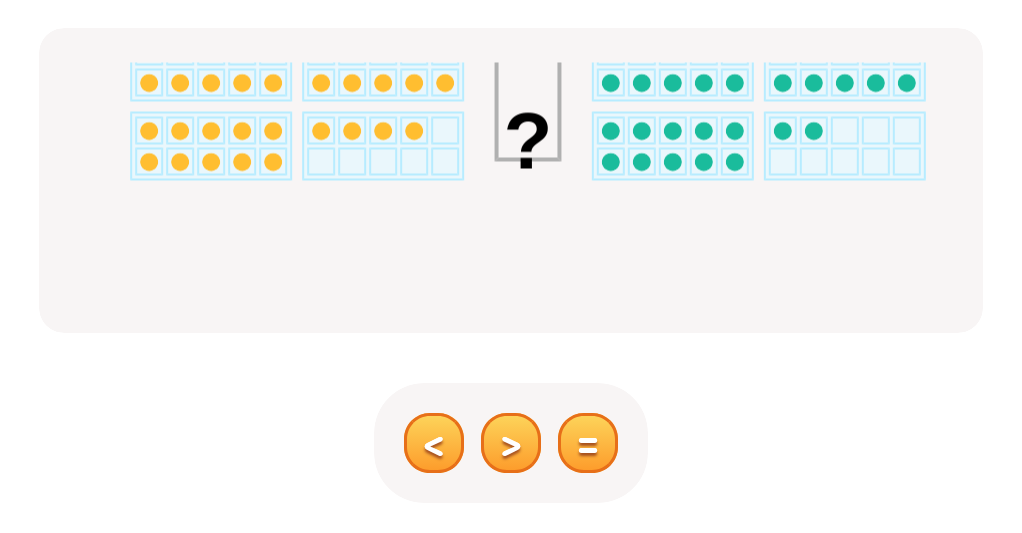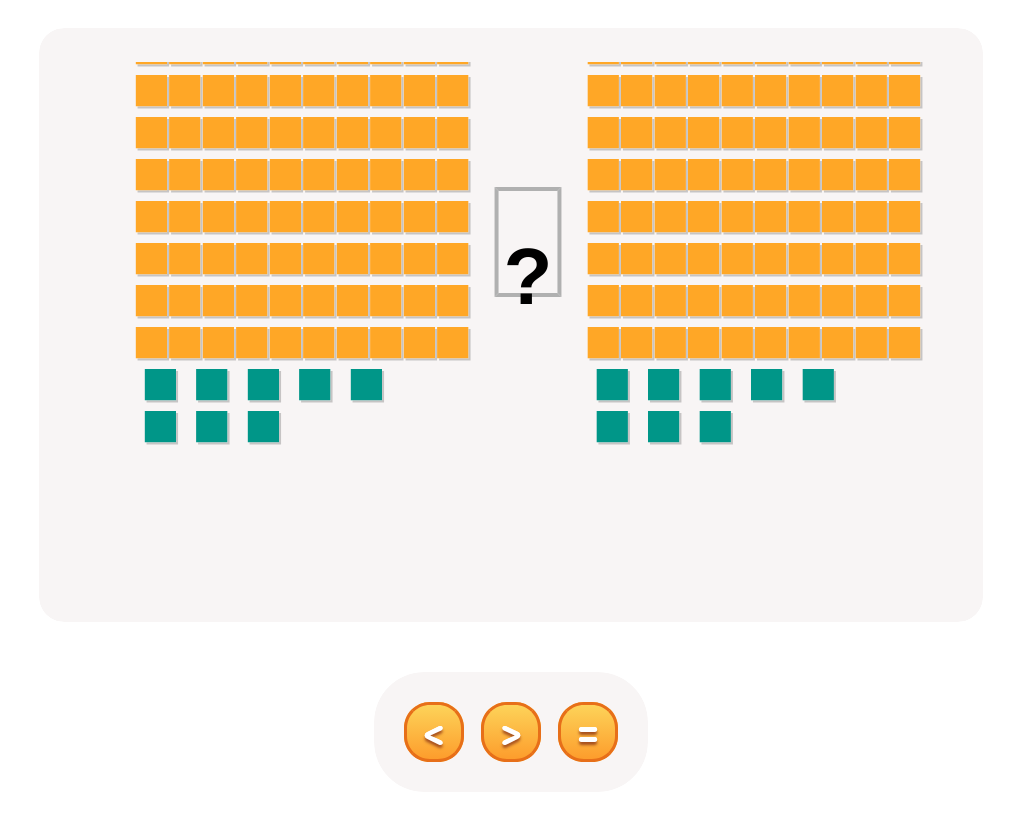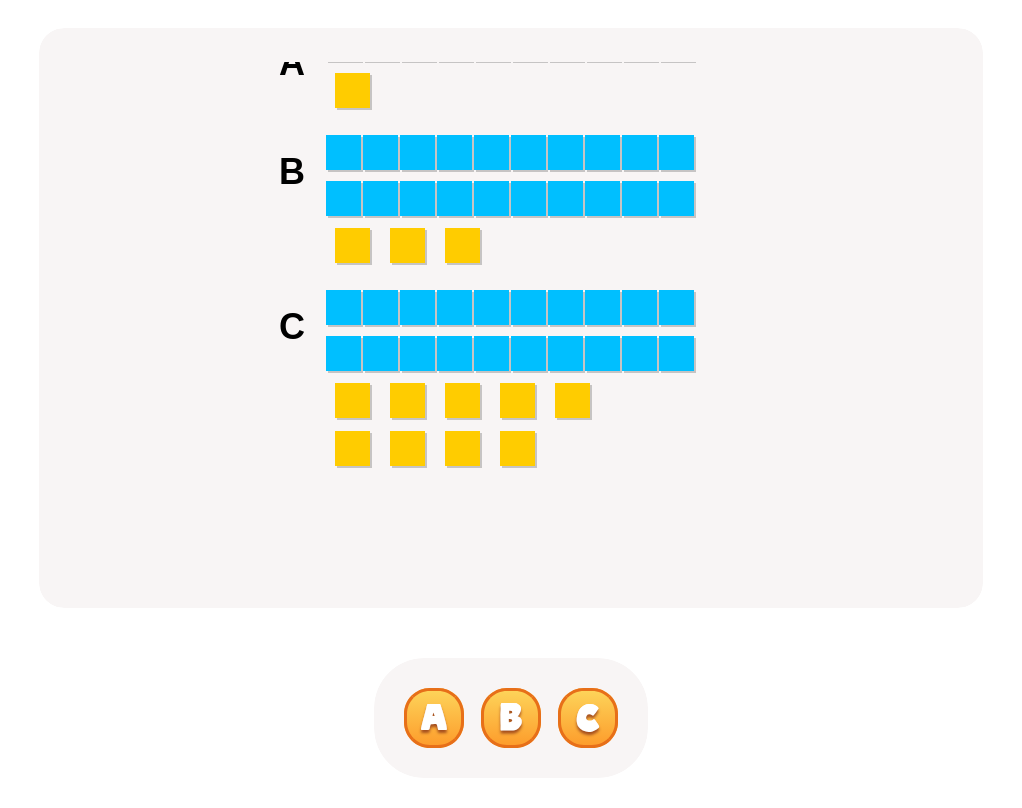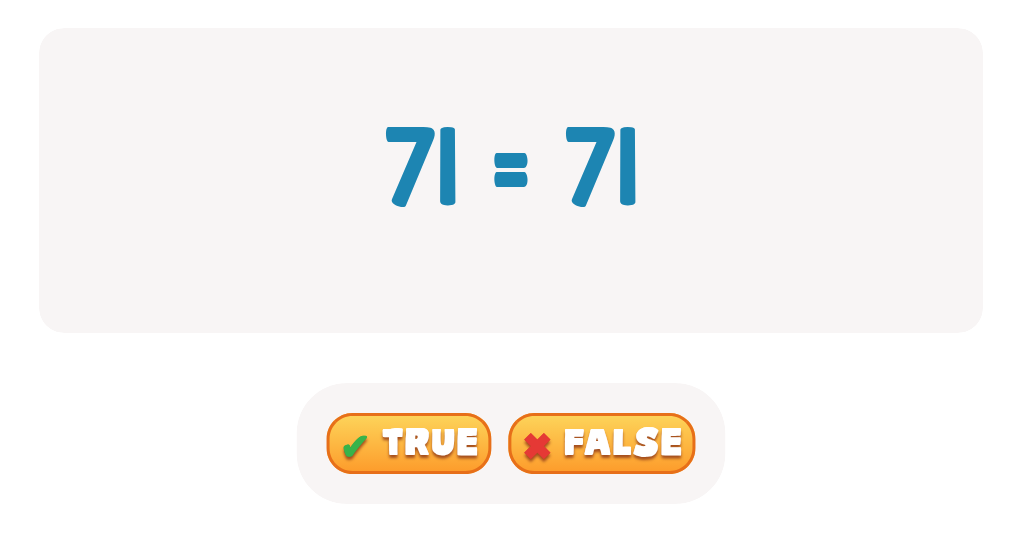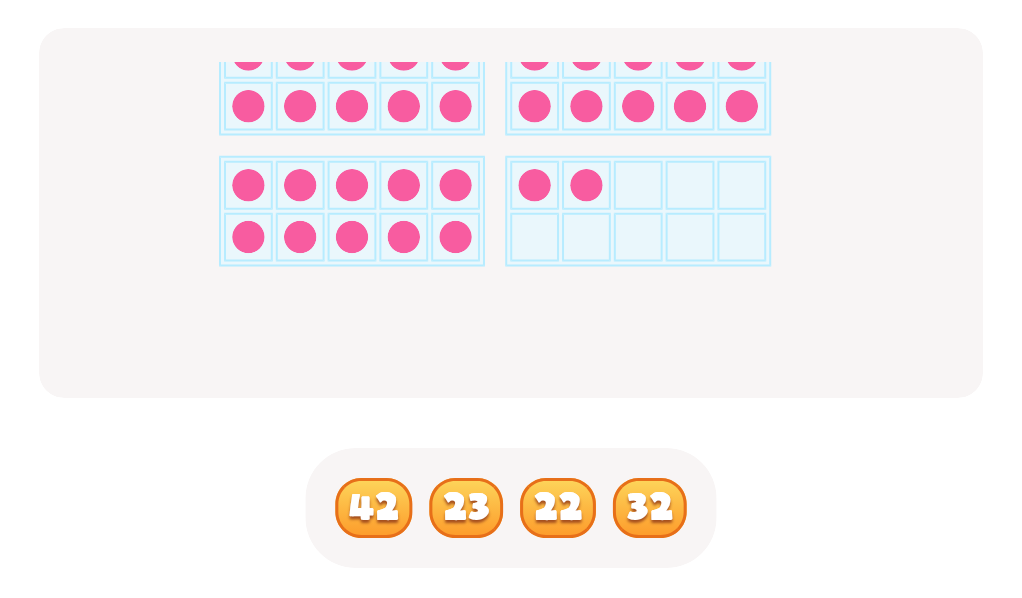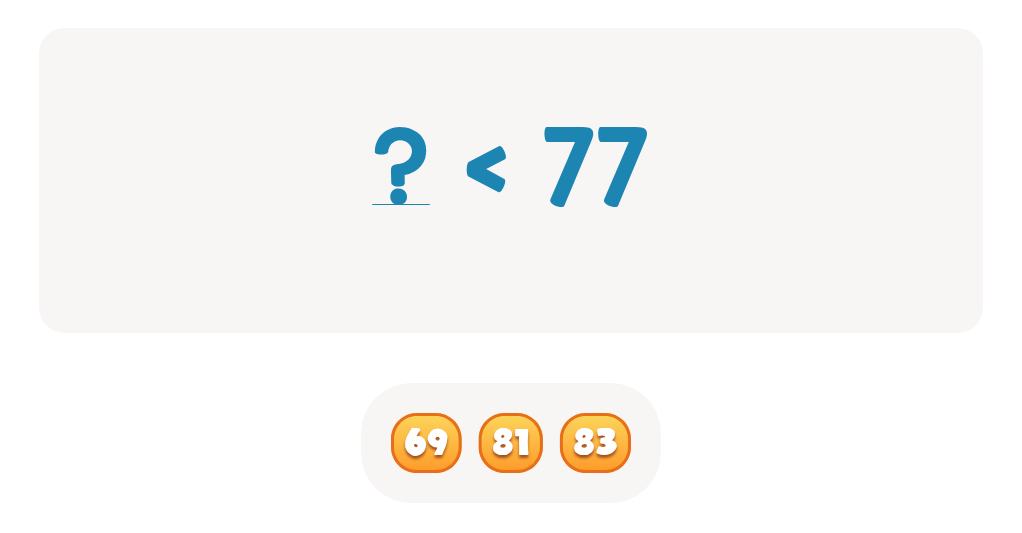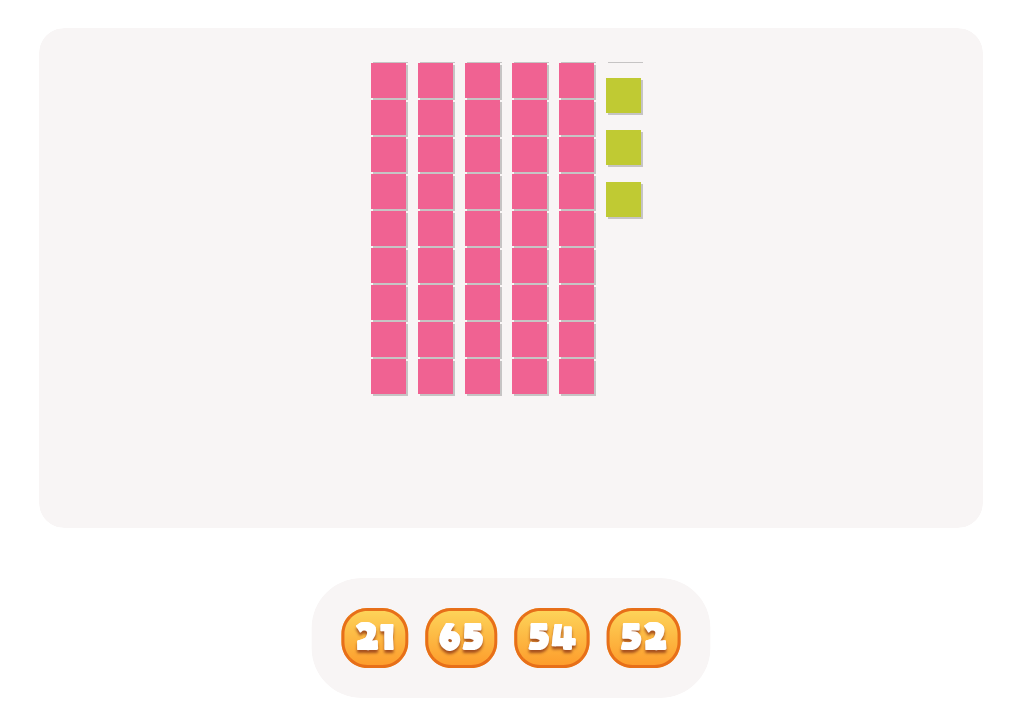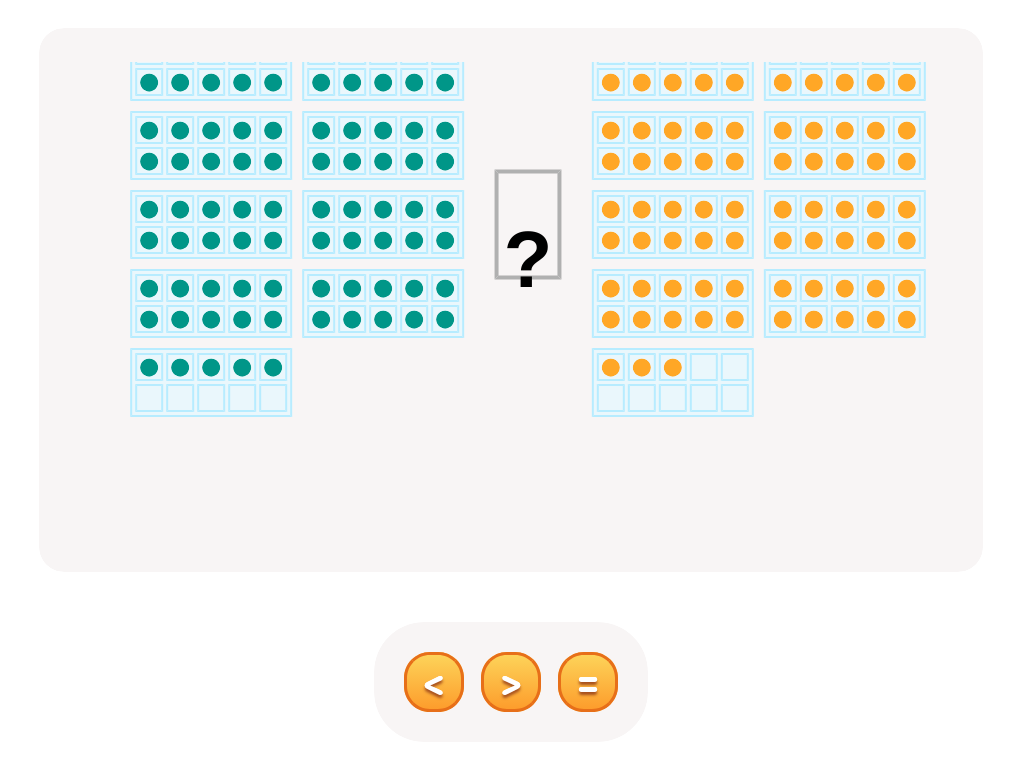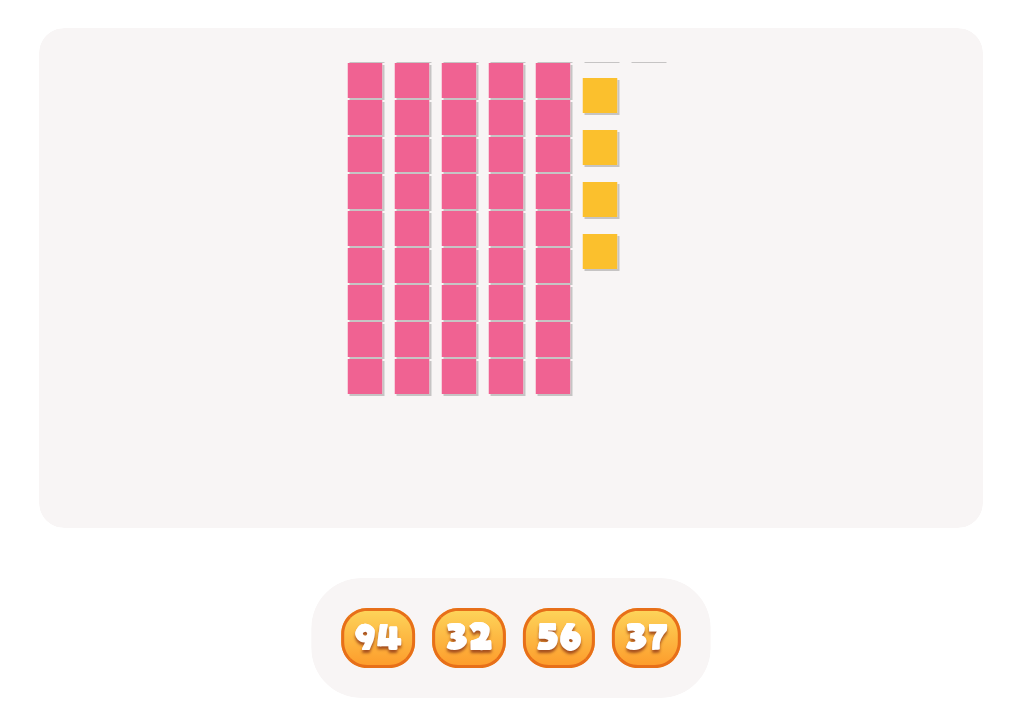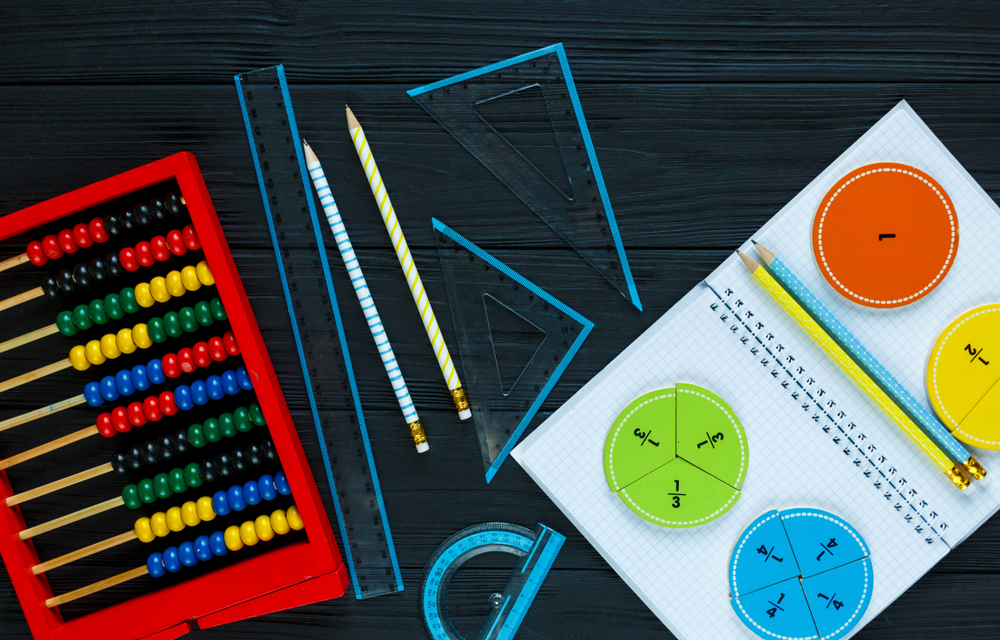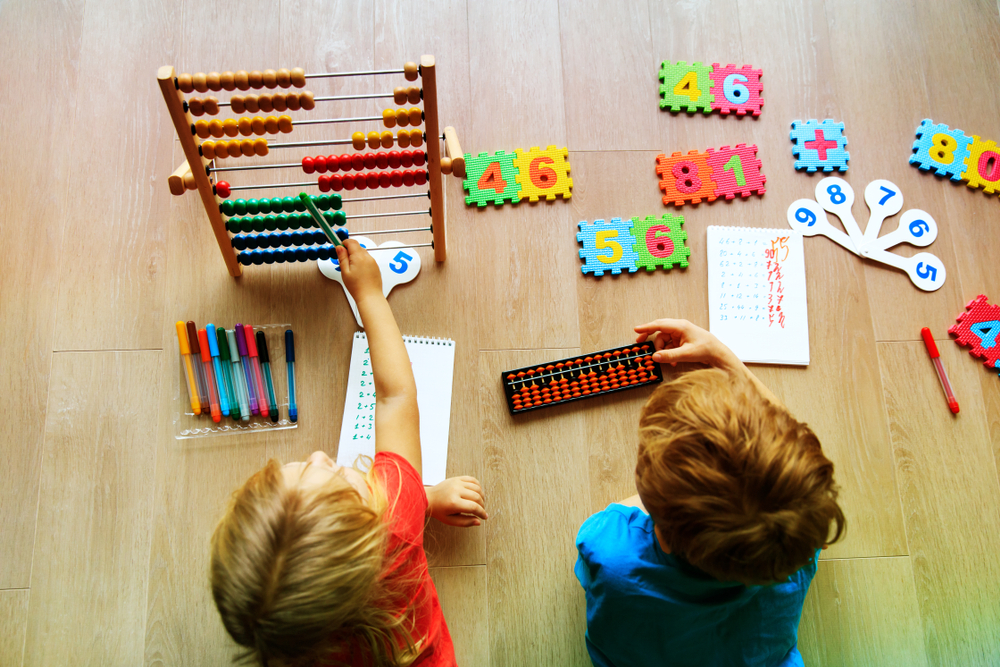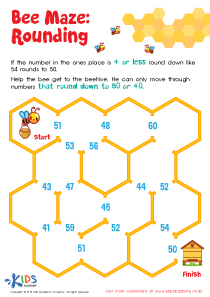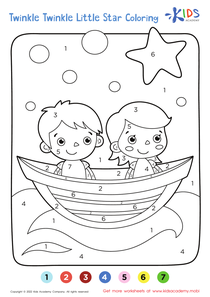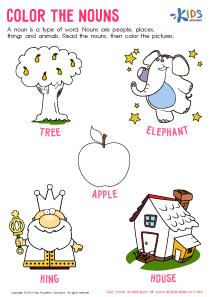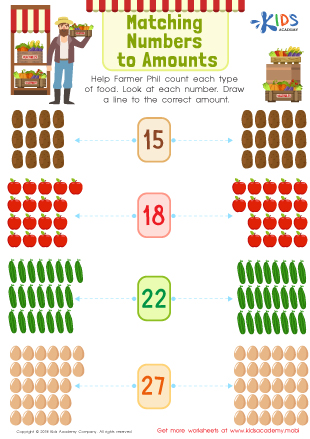Basic Addition Place Value Worksheets for Ages 6-8
3 filtered results
-
From - To
Our "Basic Addition Place Value Worksheets for Ages 6-8" are expertly crafted to make learning basic addition engaging and fun for young learners. Designed for first and second graders, these printable worksheets help kids grasp the fundamental concepts of place value, enhancing their number sense and arithmetic skills. Each worksheet is filled with colorful, easy-to-understand problems that encourage children to practice addition using visual aids and hands-on activities. Perfect for both classroom use and at-home practice, these exercises aim to build a solid math foundation that will support more advanced learning in the years to come.
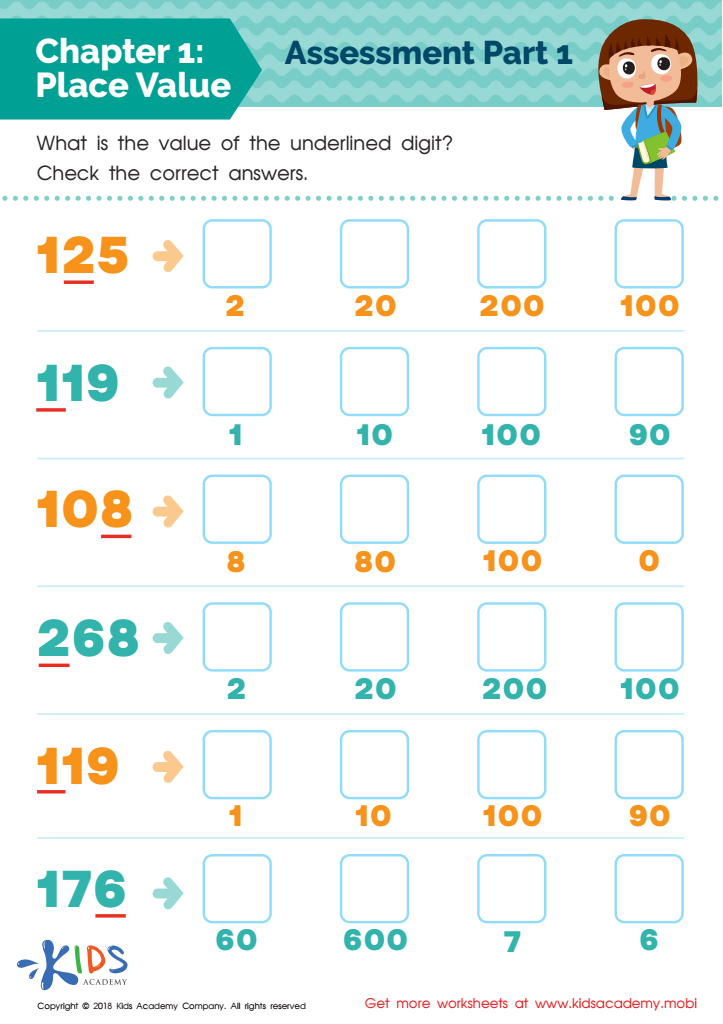

Place Value: Chapter 1 Worksheet
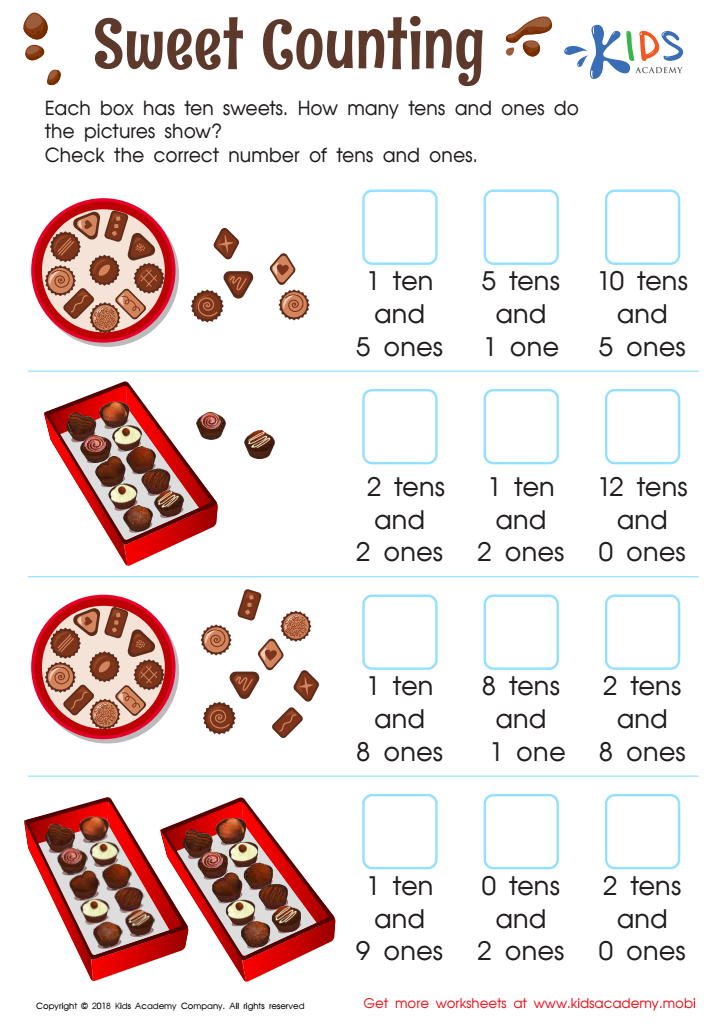

Sweet Counting - Part 2 Worksheet
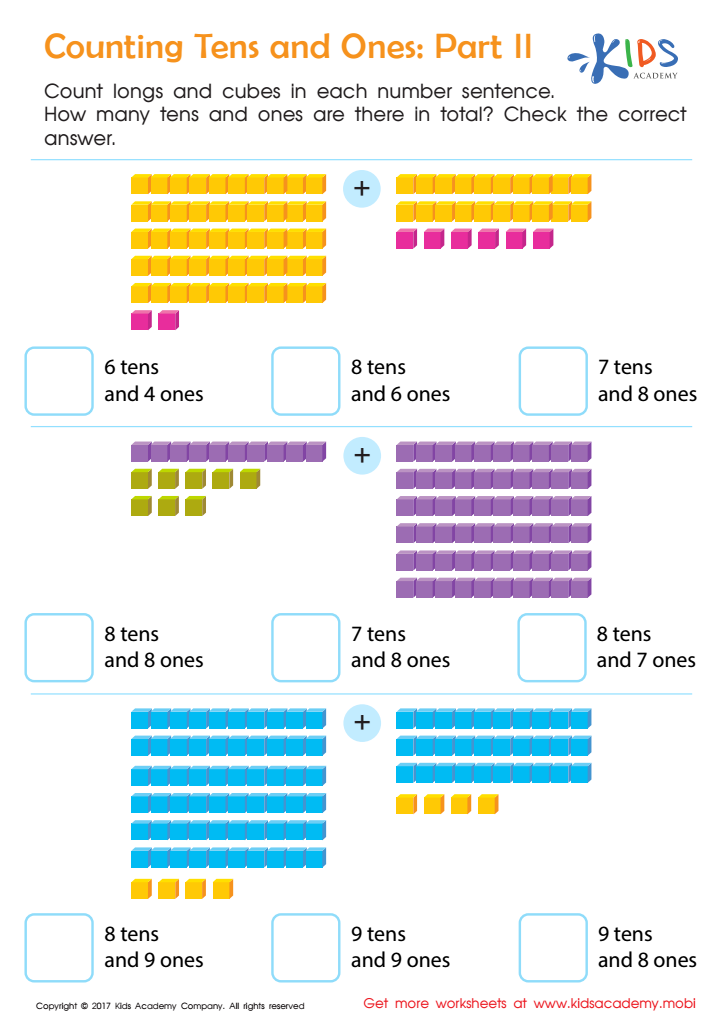

Counting Tens and Ones: Part 2 Worksheet
Understanding basic addition and place value is crucial for children ages 6-8 as it forms the fundamental building blocks for all future math learning. At this age, children transition from simple counting to more complex operations like addition and subtraction, which require a solid grasp of place value. Place value helps children understand that the position of a digit in a number determines its value. For example, in the number 45, the '4' represents 40 because it is in the tens place.
Mastering these concepts empowers children to break down larger problems into manageable parts, making math less intimidating and more accessible. This comprehension fosters problem-solving skills and analytical thinking, which are essential in everyday life. For instance, when dealing with money, time, or any form of measurement, understanding place value and basic addition can facilitate quicker and more accurate calculations.
Moreover, early success in mathematics can build a child's confidence, encouraging a positive attitude towards more advanced math topics in later schooling. Teachers and parents play an essential role in this learning phase by providing age-appropriate resources, exercises, and supportive environments, making learning math an enjoyable and rewarding experience.
 Assign to My Students
Assign to My Students
